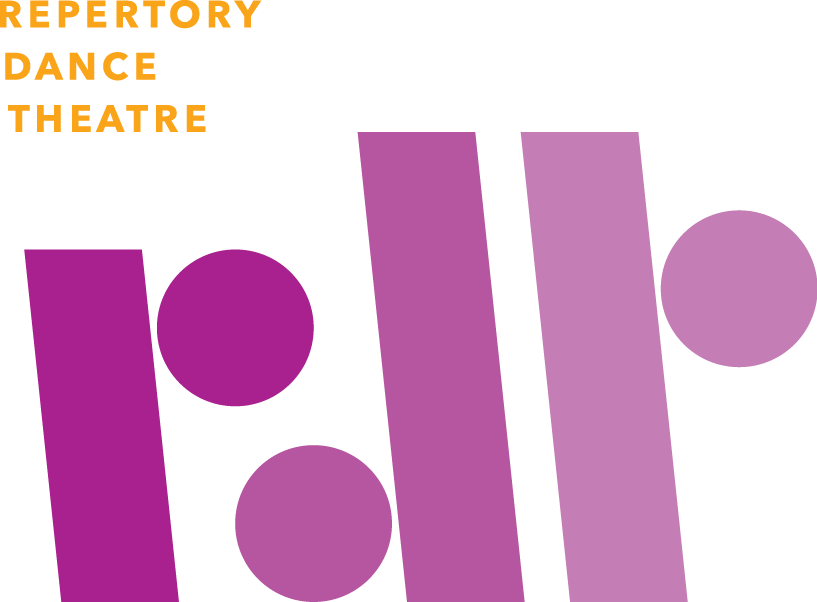Students will abstract everyday gestures to tell a story and create a movement sequence.
Learning Objectives/Goals
Isolating different body parts, exploring ways you can abstract movement, Creating a movement sequence through story telling and by abstracting words.
Materials Needed
Drum
Music and speaker or sound system
Introduction
Expectations for class, define dancing/movement space, encourage students to be creative, and experiment with new ideas and things throughout the class.
Warm-Up
Have students spread out into the movement space. Guide them through a series of isolations (moving one body part at a time) starting with the head. Make sure to let them know their feet will stay in place for this first round. This first round is a time when we can begin to experience abstracting words. “Now try only moving your right arm. Can you wave to someone else in the room? What if you tried to wave with your elbow? Let’s try to isolate our torso now, but how can you make your torso wave.”
Investigate
Everyone has a story and those stories are important. Think about if you were to tell someone the story of you waking up and getting to school this morning, but through movement. Maybe you wake up, stretch, eat breakfast, and then brush your teeth. You ran out the door because you were late but you made it just in time. Encourage students to pantomime these actions exactly as they are. Everyone will probably be very similar and that's okay because we are about to abstract them and make them look very different.
Go back to the isolation idea and ask the students to tell the story in every part of their body. Stretch your head, then shoulders, then arms, etc. Then you can ask them to brush or eat with every body part. Some might be challenging but this is a good point in class to push students into being very creative and reminding them that there is no right answer. The abstracted version should be very different from the pantomimed one.
Now, tell your same story but only do the actions with your feet/legs while traveling in space. How is this stretch different? How do you "brush and eat" with your legs? This is a great time to introduce levels as well. Can you brush your teeth on a low level? What if you were to eat with your feet on a high level?
Create
Group the students together in groups of 2-4. Have them pick a story that they want to tell and tell them to pick one gesture to represent their story. For example, I might tell the story about when I ate something I didn't know I was allergic to. I would put my hands by my cheeks and show them swelling up. Each student will tell a story to their group and then will create a pantomimed action. They will take those actions and then abstract
them together to create a movement sequence. Let students know one of the pantomimed actions must be abstracted to travel them through space and they all must happen on different levels in space (high, medium, and low). That way they don't end up staying stationary the entire time. You could even encourage the students to abstract the movements so that they all travel in space and on different levels.
Reflect
Have the groups watch one another. Ask the groups to show their movement and then share what their stories were and the original pantomimed actions. You can also ask those who were viewers if they can guess what any of the actions might have meant.
Extension to the Lesson
If the class is reading a book together the students could create movement sequences based on different chapters or events. Along with book reports students could also do movement reports that accompany the written report. They can pull important moments from the book they read and create a movement sequence.
Follow-up Resources
Dance to Learn video lesson plans.

